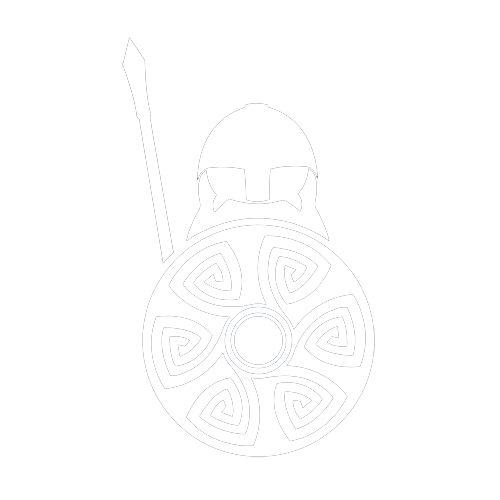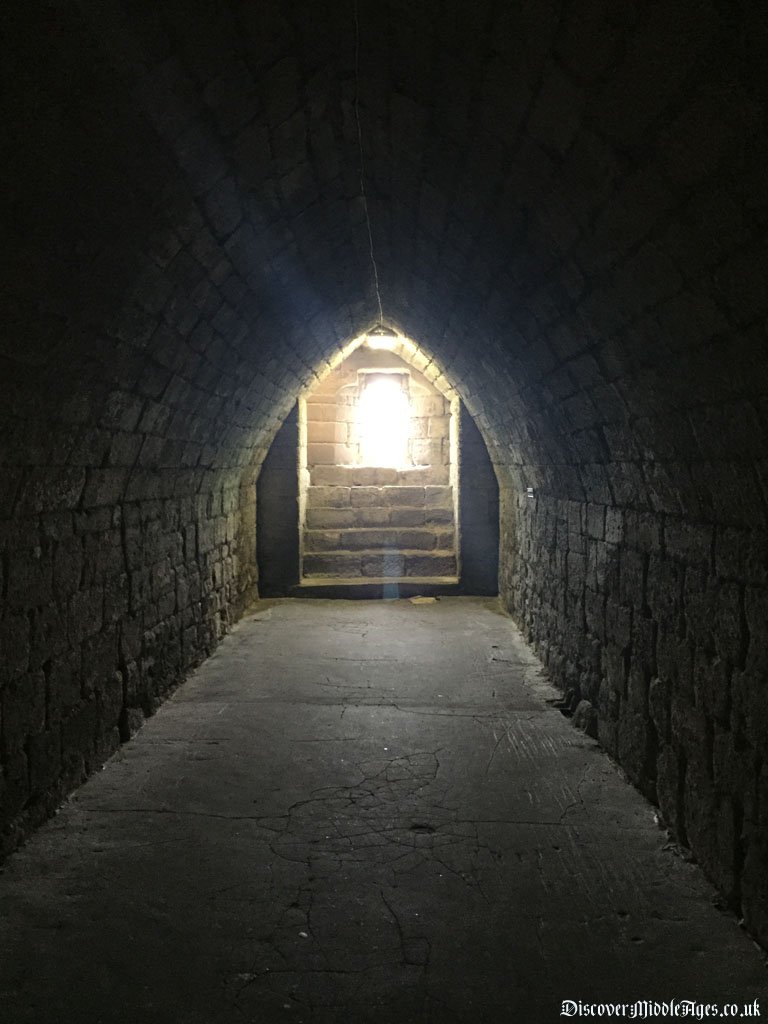Warkworth Castle a Symbol of Power for the Percy Family
Warkworth Castle crowns the hilltop just south of the ancient village of Warkworth in Northumberland. The natural spur sits in a tight loop on the River Conquet, under a mile from the coastline, and guards the important waterway from invaders.
The site dates back to Anglo-Saxon times, with a record of a manor or settlement called Werceworde (home of Werce) in AD 737. King Ceolwulf of Northumbria granted the land to the nearby Lindisfarne Priory, but during the ninth century, King Osbert of Northumbria took Warkworth back into the royal estate.
Centuries later, Warkworth Castle was granted to the powerful Percy family, who already owned Alnwick Castle. The castle would then change hands between the Percys and the crown a number of times, as it's turbulent history portrays.
A fantastic aerial shot of Warkworth Castle by Graeme Pattison aka Newcastlemale on Deviantart.com
The History of Warkworth Castle
The first signs of a fort at Warkworth Castle date back to the Iron Age. The south side of the castle is surrounded by a deep earthwork, dissecting the neck of the natural spur in the loop of the River Conquet. The ditch would have offered protection to the Iron Age settlement, if invaders attacked from the south.
The river, meanwhile, is a natural defensive barrier surrounding the remaining approaches to the north, east and west, providing the perfect place for the settlement.
It is quite clear why this place was chosen to become Warkworth Castle, one of the largest and most powerful strongholds in northern England.
During the late 14th century, a fortified bridge with gatehouse was built across the northern part of the river's loop. This rare example had a stone cross in the centre of the span, which was later torn down around the 1830s, and thrown into the river!
Warkworth Castle Bridge Photo by David Hawgood
The Treaty of Durham
During the 12th century, England was ravaged by a civil war, known as the Anarchy between 1135 and 1154. The rival claimants to the throne, Stephen of Blois and his cousin Matilda, were at war with each other. King David I of Scotland, who supported his niece Matilda’s claim, decided to invade northern England and attack Stephen's castles.
However, the Scots were unsuccessful, and King David and King Stephen signed a peace treaty on 9 April 1139, known as the Treaty of Durham. The treaty stated that Northumberland would remain Scottish, under the rule of King David's son, Henry, who would become Earl of Northumberland. But the castles Bamburgh and Newcastle would remain under English control.
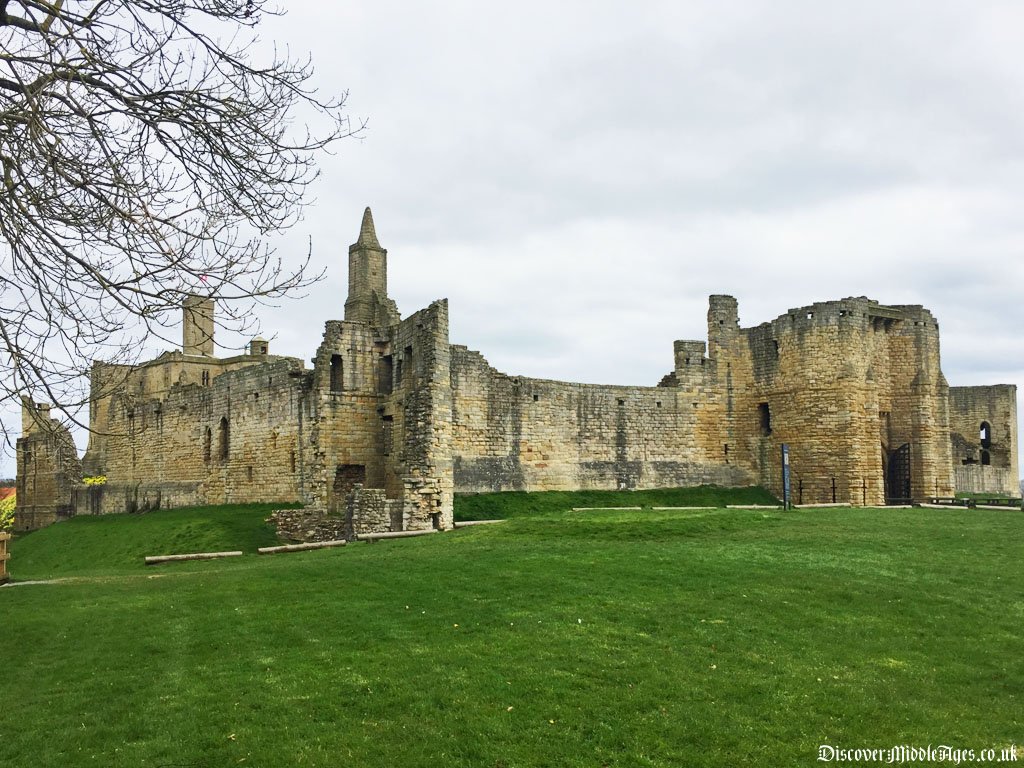
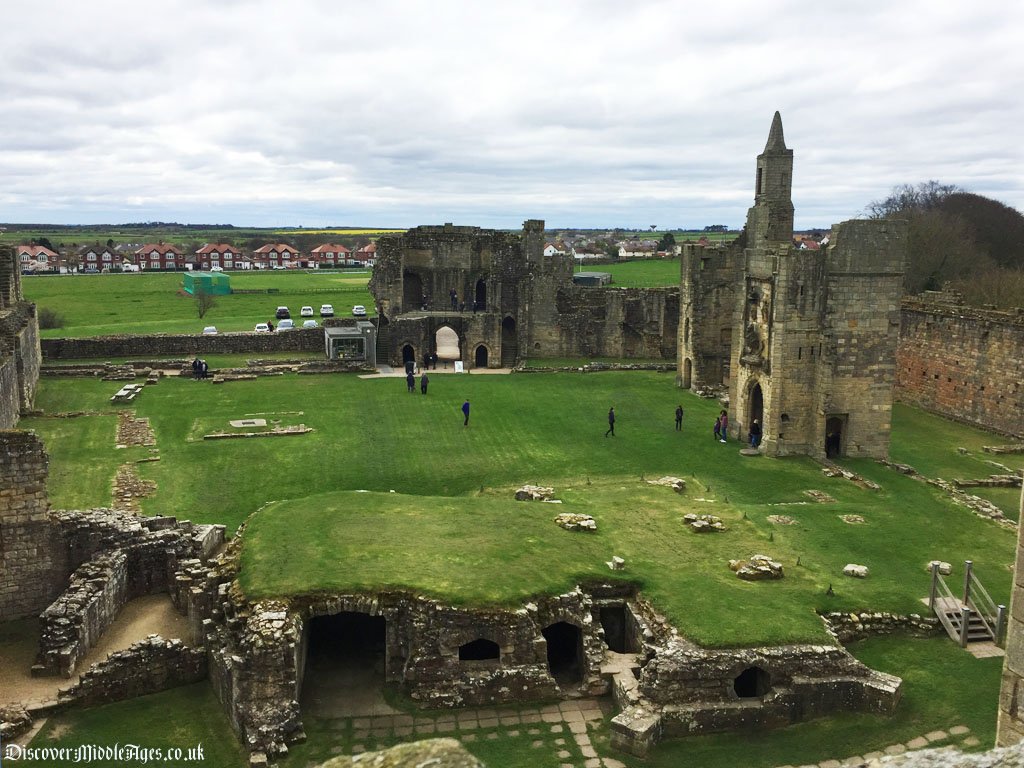
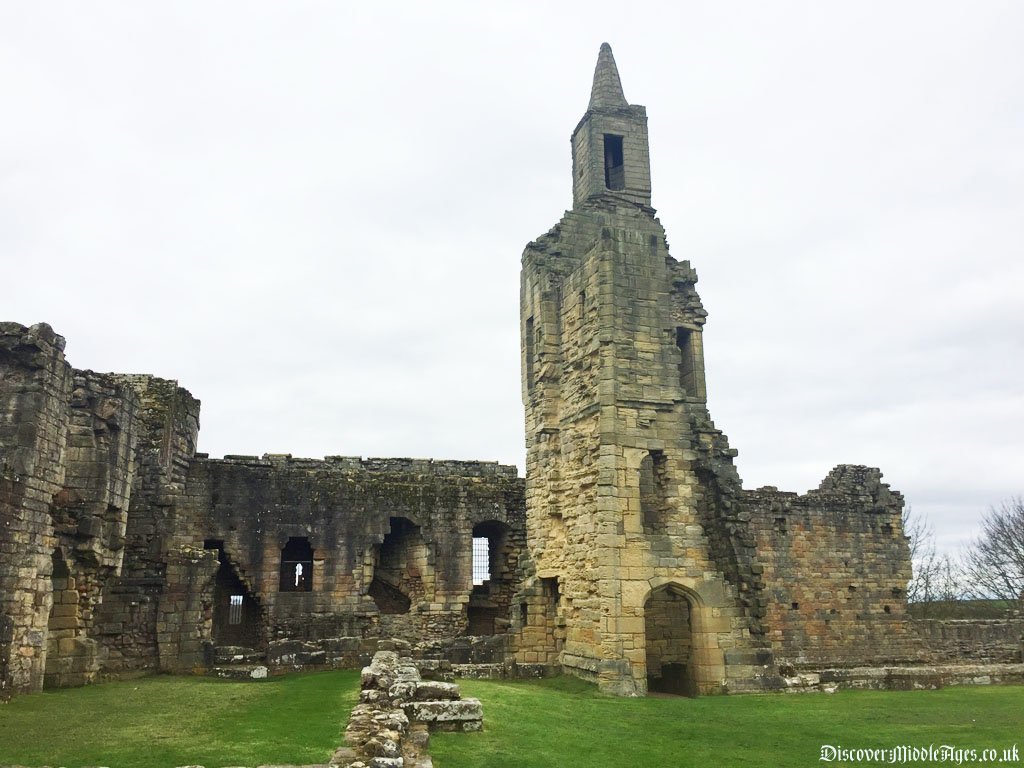
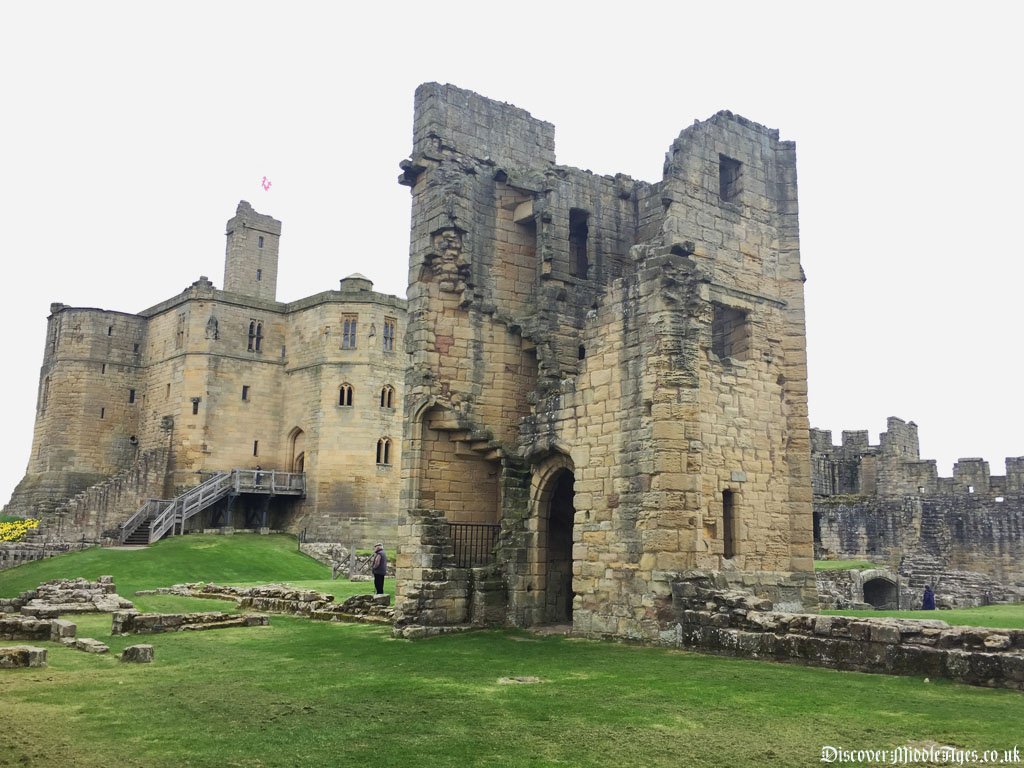
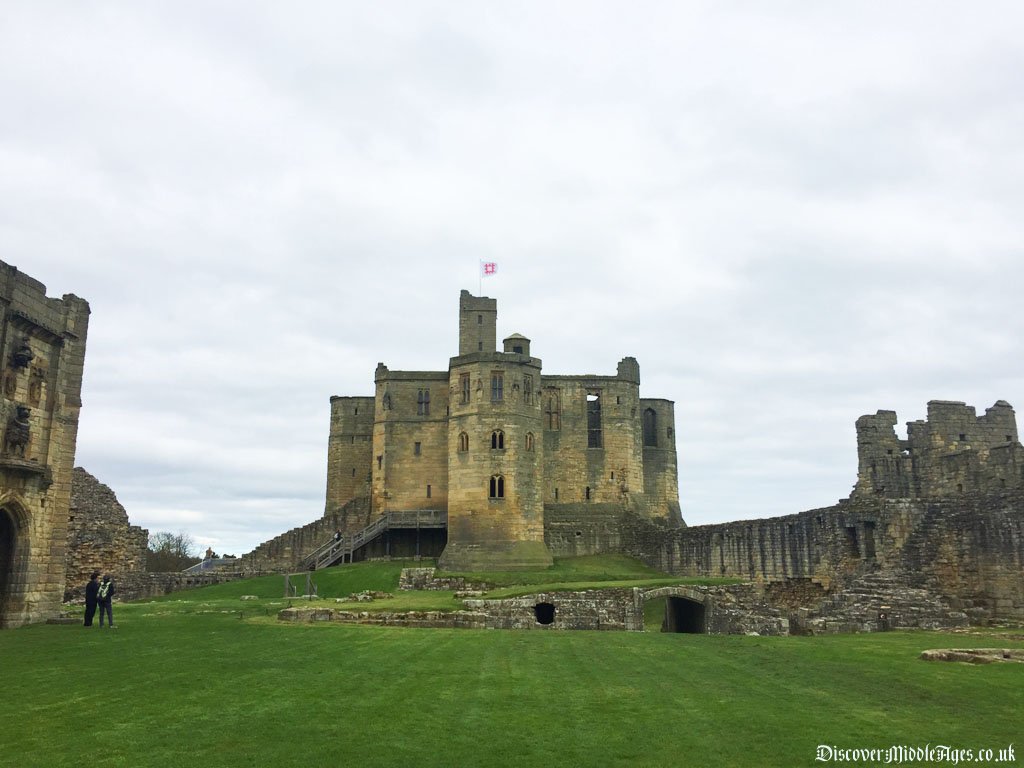
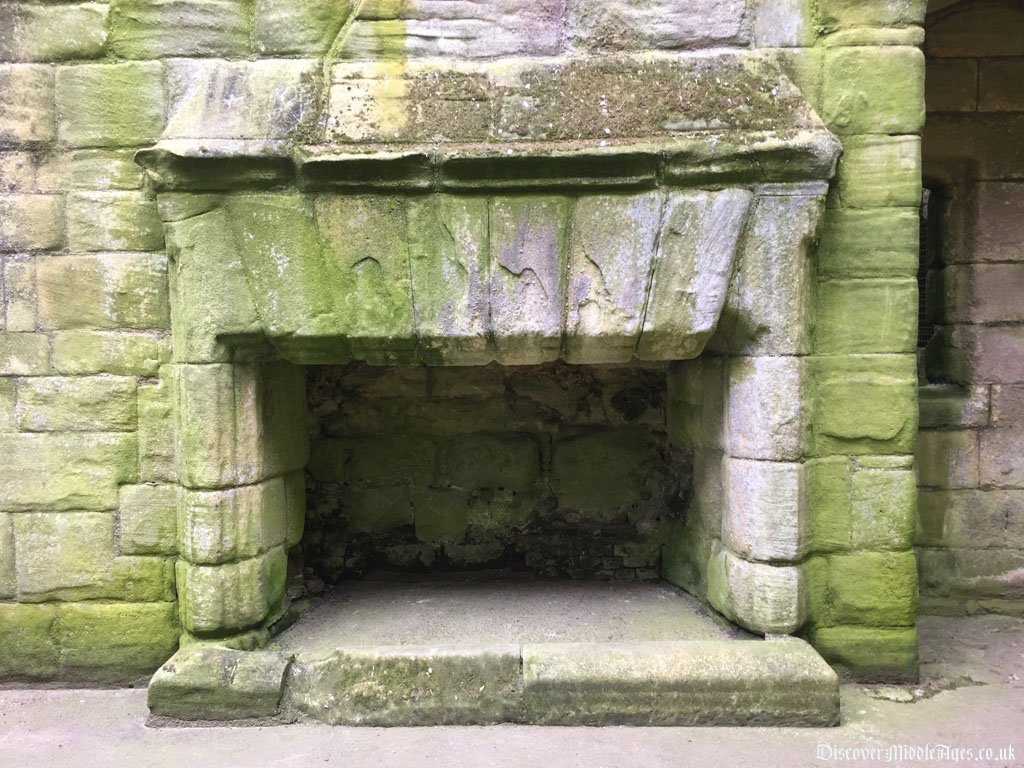
The Castle and Manor at Warkworth
Henry, son of King David I of Scotland, is likely to have wanted a stone castle at Warkworth, to serve as his seat of authority in the area. Especially as the English had retained Bamburgh and Newcastle, nearby. However, there is no official record of Henry's desire for Warkworth.
The first official documented record came 20 years later, however. Between 1157 and 1158, a charter granted by King Henry II, gives full ownership of the Castle and Manor at Warkworth to Roger Fitz Richard. It is likely that Warkworth was gifted to Roger as a reward for his military services. Afterall, his grandfather Eustace Fitz John, had died fighting in North Wales for Henry II's cause.
The Massacre at Warkworth
Roger Fitz Richard, son of Richard Fitz Eustace, was a wealthy noble. But he seemed to have little desire for Warkworth, judging by the condition it was in by 1173. William the Lion, King of Scotland had invaded Northumberland, and sought out Warkworth for destruction. Roger remained in Newcastle, as constable of the castle, and did not attempt to defend Warkworth.
“They come to Warkworth, do not there deign to stay, for the castle was weak, the wall and the earthwork, and Roger, the son of Richard, a valiant knight, had it in charge; but he could not defend it.”
A year later on 13 July, Duncan Earl of Fife, attacked Warkworth again. But this time, with the castle in ruin, the Scots set fire to Warkworth village. The villagers were rounded up and slaughtered, not even sparing those who sought shelter in the Church of St Lawrence!
Warkworth Castle in Stone
In 1191, Robert Fitz Roger came of age and inherited his father, Roger's vast estates in Norfolk. Then in 1199, Robert purchased Warkworth Castle and Manor from King John for 300 marks.
Over the next decade, Robert began transforming Warkworth Castle into a stone fortress, with a Motte and Bailey design. The Carrickfergus Tower, the eastern curtain wall and the Gatehouse all date from this period.
The Gatehouse provided a formidable entrance to the bailey, however, the inside was furnished with habitable rooms. Originally, there would have been a portcullis, but murder holes and the brackets for a fighting platform are still present.
The Great Tower is a newer edition, but the foundations suggest a smaller tower was present during this time too.
In 1203, Robert became Sheriff of Northumberland, and in 1213 Warkworth received a royal visit from King John. This shows that Warkworth Castle must have been completely transformed from the ruin of the 1170s!
Warkworth Castle and the Anglo-Scottish Wars
During the late 13th century, the Scottish wars of Independence dominated King Edward I's reign. By now, Warkworth Castle was owned by Robert de Clavering, 3 generations on from Robert Fitz Roger.
In 1297, Robert de Clavering and his son John, were captured at the Battle of Stirling Bridge on 11 September. It was around this time, the Grey Mare's Tail Tower was added to the castle, as evidence from recent timber dating shows.
The tower has an unusual feature, where the arrowloops rise up through the outer wall in a single line. Normally these would be split into separate arrowloops on each floor of the tower.
Grey Mare's Tail Tower Photo by Derek Harper
In 1310, Robert hands over control of Warkworth Castle to his son John, a year before his death. However, John is forced to pass on the inherited castle and estates to King Edward II in 1311, to clear his debts to an Italian merchant.
Now under royal ownership, Warkworth Castle received funds to build and maintain its structures. Northern castles like Warkworth were becoming critical strategic strongholds, in the battles with the Scots. Warkworth's garrison was increased, and in 1322 it joined the royal army on its march into Scotland.
In 1327, John de Clavering was still constable of Warkworth Castle, when it faced a Scottish siege. Fortunately, the recent investments helped it deny the siege a victory. However, in 1341, the Scots returned and ransacked the village.
Warkworth Castle and the Percy Family
In 1328, Warkworth Castle was granted to Henry Percy by King Edward III. John de Clavering died a few years later, and a new era had begun for the castle.
Despite the Percy family already owning Alnwick Castle, it was Warkworth that they preferred to live in. As a result, the castle was lavishly furnished with splendid residences. The bulk of this work was carried out by Henry Percy, 1st Earl of Northumberland (grandson of the Henry that received the grant from Edward III).
It was Henry that built the Great Tower in the 1390s, demonstrating his wealth and power in the north. Henry was allied to John of Gaunt, one of King Edward III's sons, until their friendship ended in 1381, during the Peasant's Revolt.
The Great Tower was a masterpiece, made by master mason John Lewyn. The tower is shaped like a Greek cross, with a polygonal tower souring from each of the middle faces, rising three storeys high.
Today, the Great Tower is missing the crenellations, chimneys, turrets and ornamental statues which topped the impressive structure. An incredible sight to see, not only in the middle ages, but also today.
Reconstruction of Warkworth Castle's Great Tower. Image Credit to English Heritage (illustration by Chris Jones-Jenkins)
Percy Rebellion
The Percy family had strong links with the royals, and became increasingly involved in royal politics. Henry Percy and his son, Henry 'Hotspur' Percy were involved in the deposing of King Richard II in 1399. In his place, the Percy's worked to place Henry Bolingbroke on the throne. However, Henry Hotspur soon rebelled against the new king, even plotting his demise in The Great Tower of Warkworth Castle.
Henry Hostpur was eventually killed in the Battle of Shrewsbury on 21 July 1403, and Warkworth was seized by the crown. The following year, the estates were returned to the Percys. But the Percy's were not content to sit back, and once again they rebelled against King Henry IV. This time, the king summoned his army, and besieged Warkworth Castle. Henry Hotspur fled to Scotland just in time, while Warkworth absorbed the royal assault. After seven shots of cannon fire, however, the garrison surrendered.
Warkworth Castle and the Wars of the Roses
In 1416, Henry Percy 2nd Earl of Northumberland, Henry Hotspur's son, had his estates at Warkworth restored to him by King Henry V. In 1455, with the Wars of the Roses beginning, Henry was killed fighting for the Lancastrians, in the First Battle of St Albans. Henry's son, the 3rd Earl of Northumberland was also killed 6 years later in the Battle of Towton.
Following the defeats, Warkworth Castle became the Yorkist headquarters, while other local castles, like Bamburgh, Alnwick and Dunstanburgh were strongholds for Lancastrian resistance. Richard Neville, Earl of Warwick besieged the Lancastrian castles, which all eventually fell. By 1471, peace was agreed, and Henry Percy 4th Earl of Northumberland was restored, land and title, back to Warkworth by King Edward IV.
The Lion Tower and the Defector
Henry soon made his own mark on Warkworth Castle. Around 1480, he created the palace residence along the west side of the bailey.
He also added the Lion Tower, with the incredible heraldic lion carved in stone on the front face. Other details include the old arms of Percy, the padlock of the House of York, the Percy crescent and the portcullis of the Herbert family, who Henry married into in 1472.
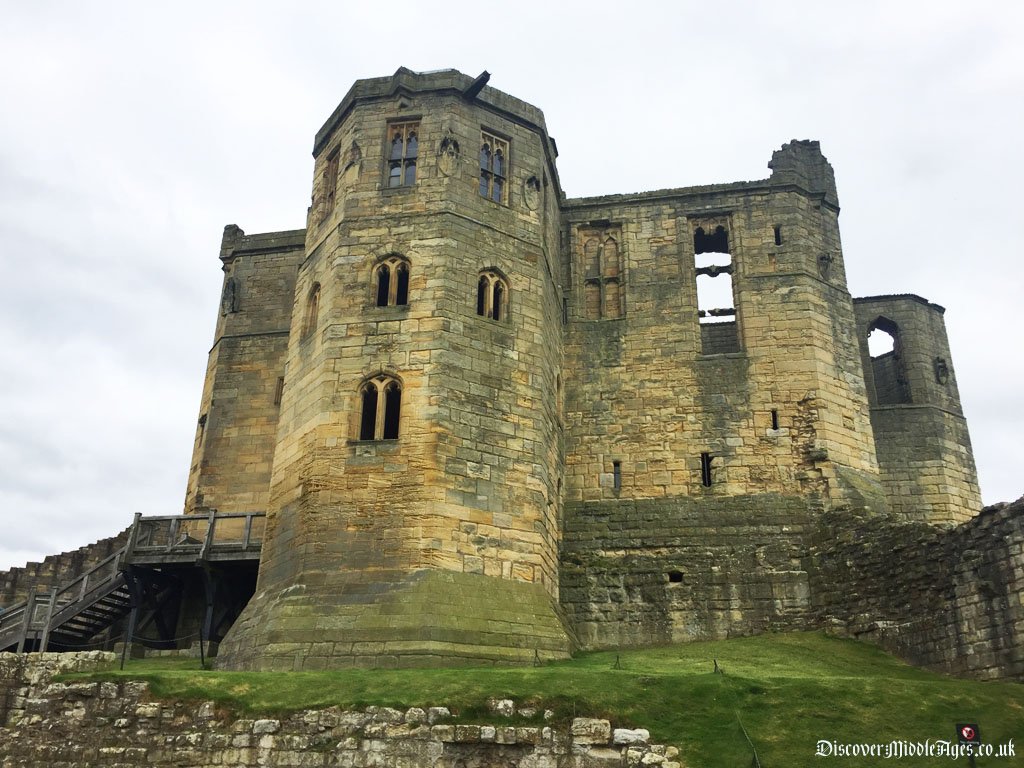

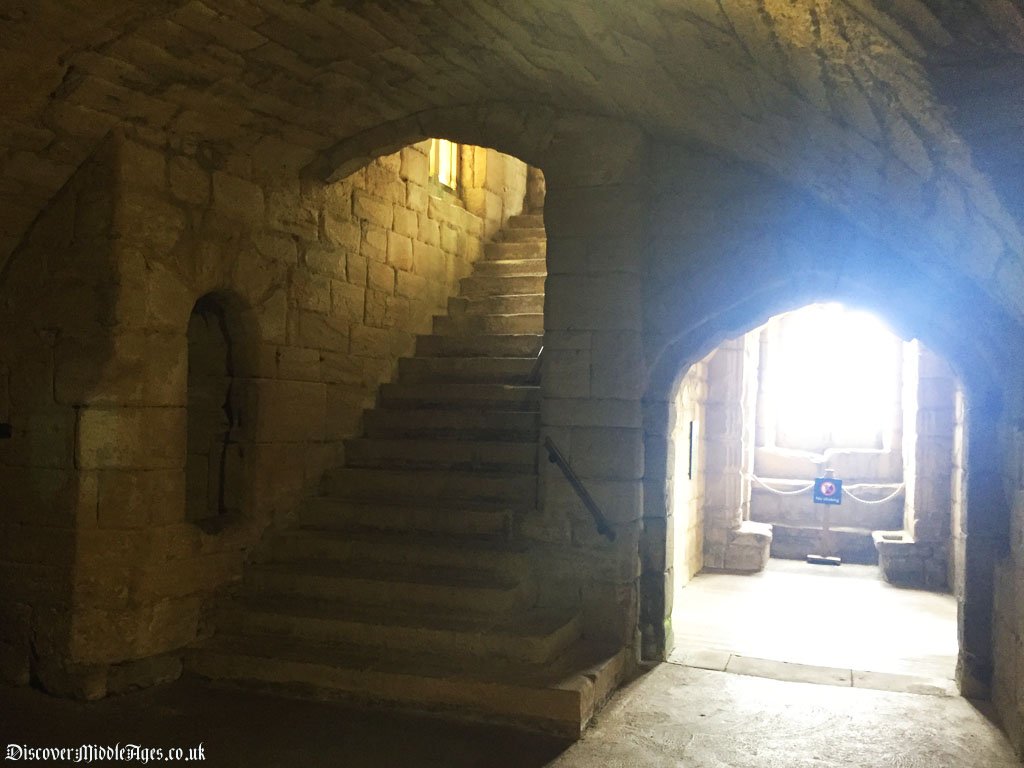
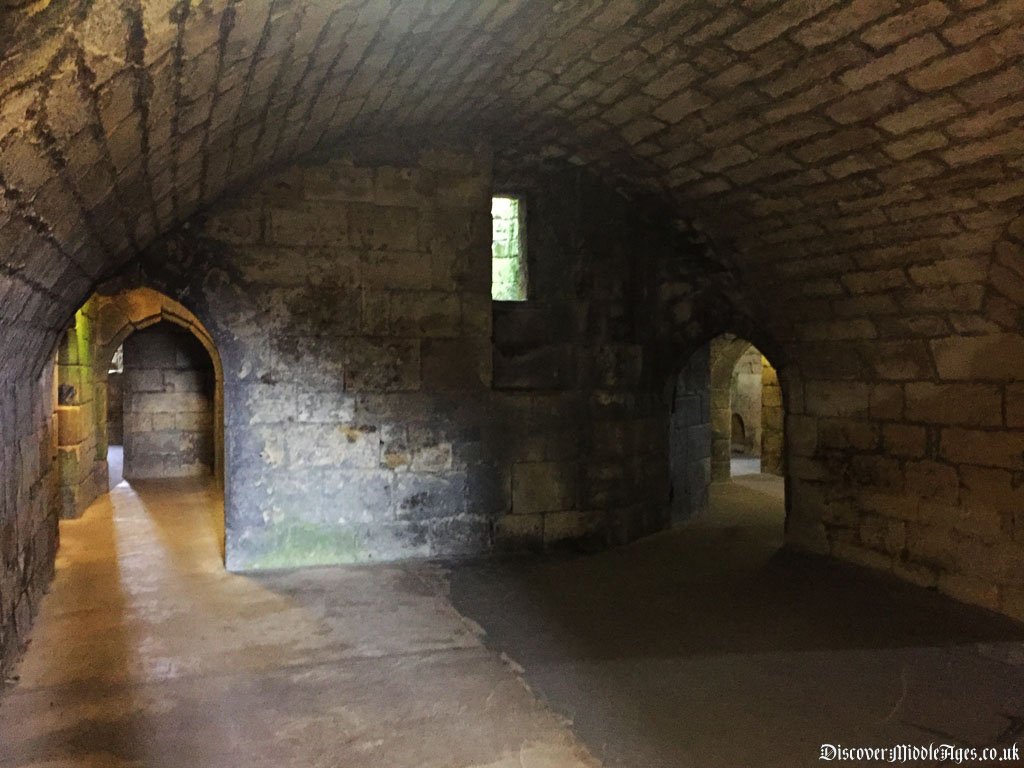
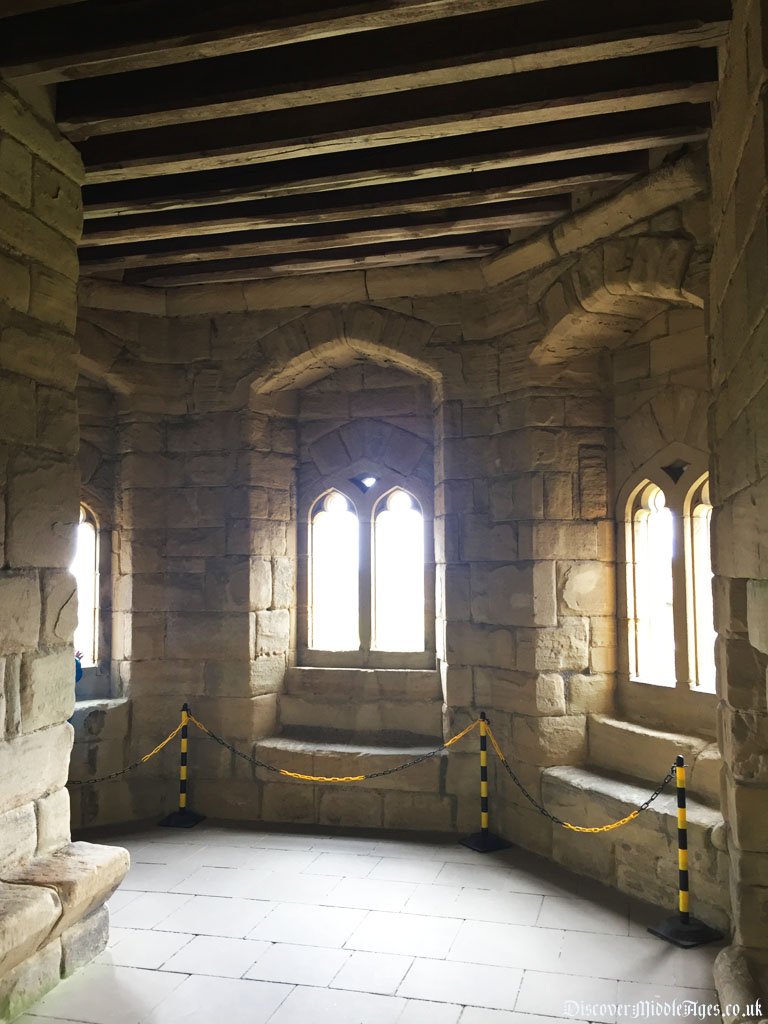
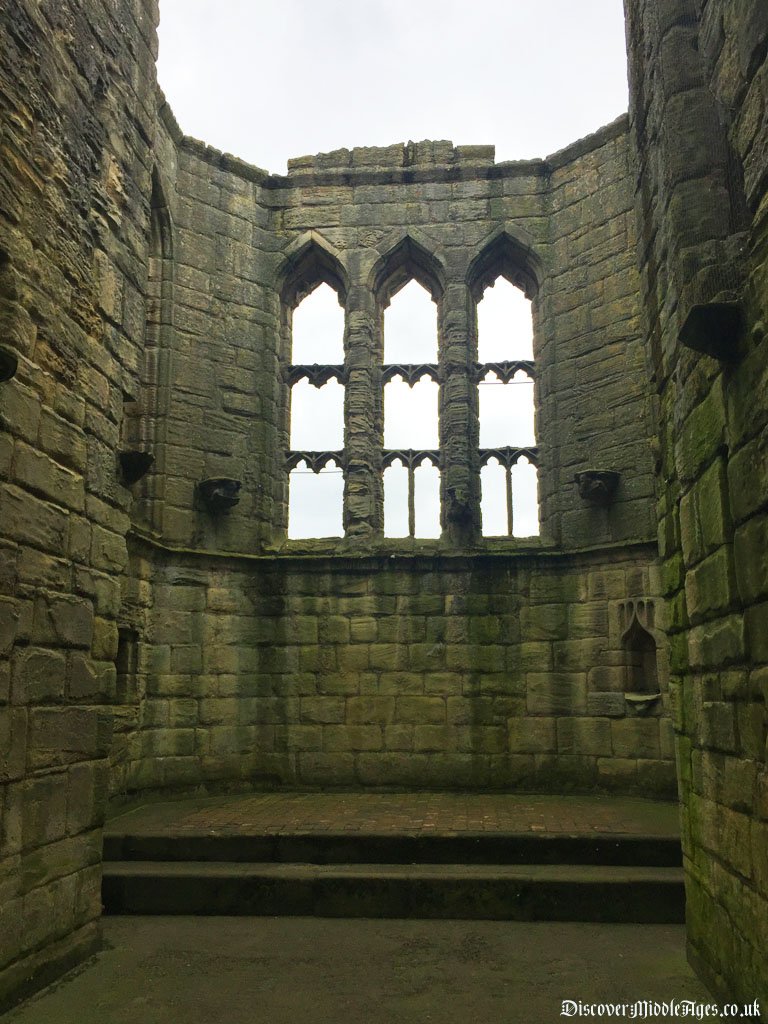
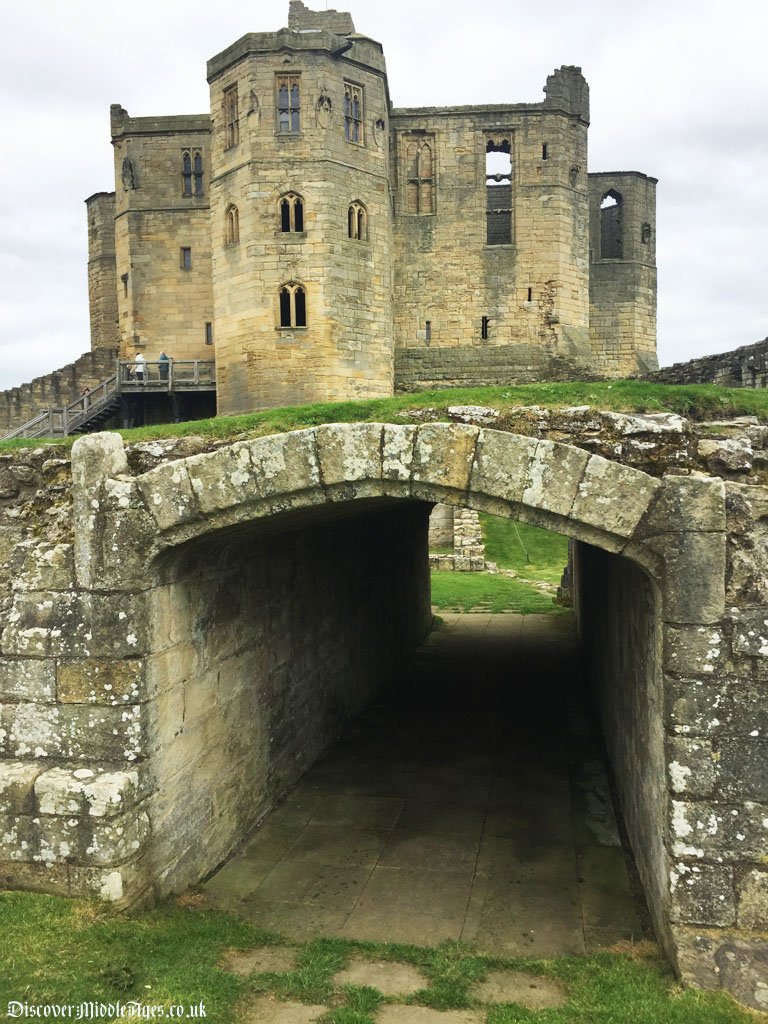
Warkworth Castle Hermitage
Within Warkworth Castle estate, there is a Hermitage Chapel hewn into the rock on the other side of the River Conquet. It was established around 1400, and originally used as a private chapel. Later, the chapel became the home of a single priest, who performed his Godly service in solitude.
The hermitage can only be accessed by boat, and is situated half a mile from Warkworth Castle. A ballad was written by Bishop Percy in 1771, called The Hermit of Warkworth. In the ballad, the hermitage was made out to be the tomb lady, often visited by a heartbroken knight.
Warkworth Castle Ghosts
As with all castles, there a legends of paranormal activity going on, and Warkworth Castle is no different.
It is said that the grey lady has been spotted wandering around the towers, and has been indentified as Margaret Neville. A spirit of a young man has also been seen running along the castle walls.
The lower floors of the castle are particularly spooky. Dogs seem to be wary of entering, and children are suddenly quiet and calm!
Can you see a ghost here?
Visiting Warkworth Castle
Warkworth Castle is run and managed by English Heritage. For details on opening times, facilities and refreshments please visit: https://www.english-heritage.org.uk/visit/places/warkworth-castle-and-hermitage/
Address: Warkworth Castle, Castle Terrace, Warkworth, Northumberland, NE65 0UJ
